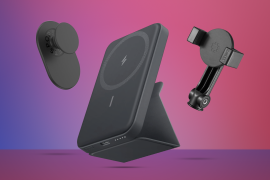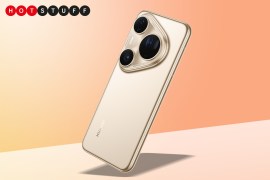Split camera sensors could spell thinner future iPhones
Apple files a new patent that slices the camera in two to save space
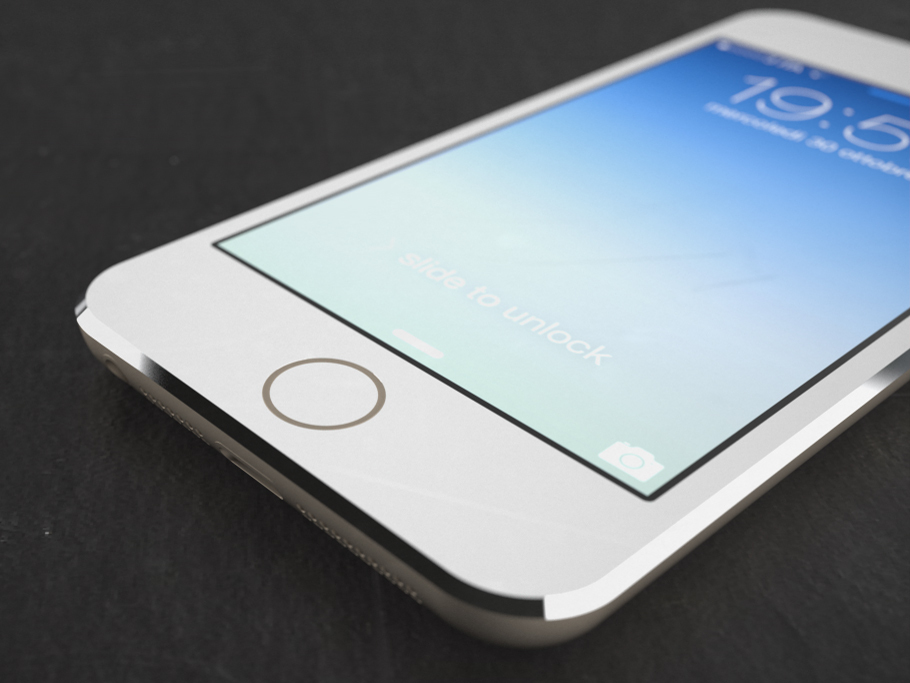
A new patent recently filed by Apple proposes a clever way to slim down future editions of the iPhone: a split-sensor camera.
The patent, entitled “Electronic device with two image sensors” describes a camera in which the image sensor has been divided into two separate parts. One of these sensors captures brightness (or luma) data while the other captures colour (or chroma) data. The device then combines the luma and chroma information together using software to create the final image.
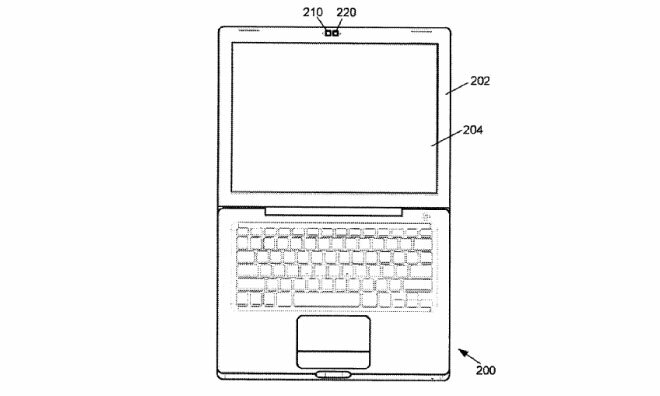
Apple claims that this split brings with it two significant advantages over the current single sensor camera setup used by smartphones. The first is that each of the two sensors is thinner than the comparable single sensor able to capture both luma and chroma data, which means that phones and tablets themselves can be made thinner. The second is an improved signal-to-noise ratio that spells cleaner-looking images.
We’d be surprised if this split-sensor technology is used in the next iPhone (the iPhone 6, if it’s indeed called that, is probably only a few months away), but it could certainly make its way into future iterations of Apple’s smartphone, tablet and notebook products.
Adaptive security profiles
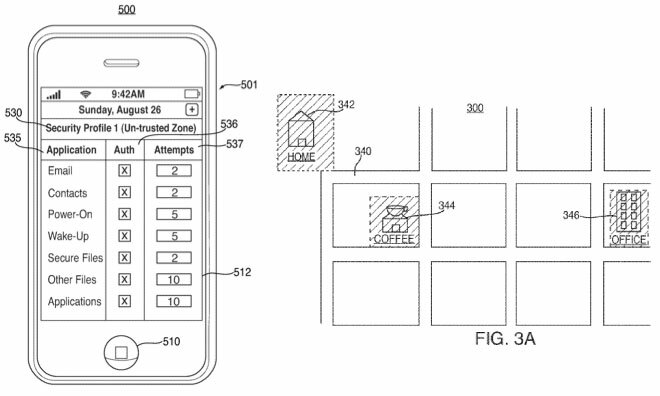
But that isn’t the only interesting patent filed by the boys and girls from Cupertino recently. A second application entitled “Electronic devices having adaptive security profiles and methods for selecting the same” (rolls right off the tongue, doesn’t it?) is almost as interesting.
This document describes iPhone and iPad security measures that can will change depending on location or data type. For instance, if you’re at home your device might require a regular passcode to unlock, but if you’re out and about a fingerprint scan might be necessary. Security levels could also be tailored to individual apps or types of data. Again, something to look out for in future Apple products.
[Via AppleInsider]
READ MORE: Apple iPhone 6 preview

